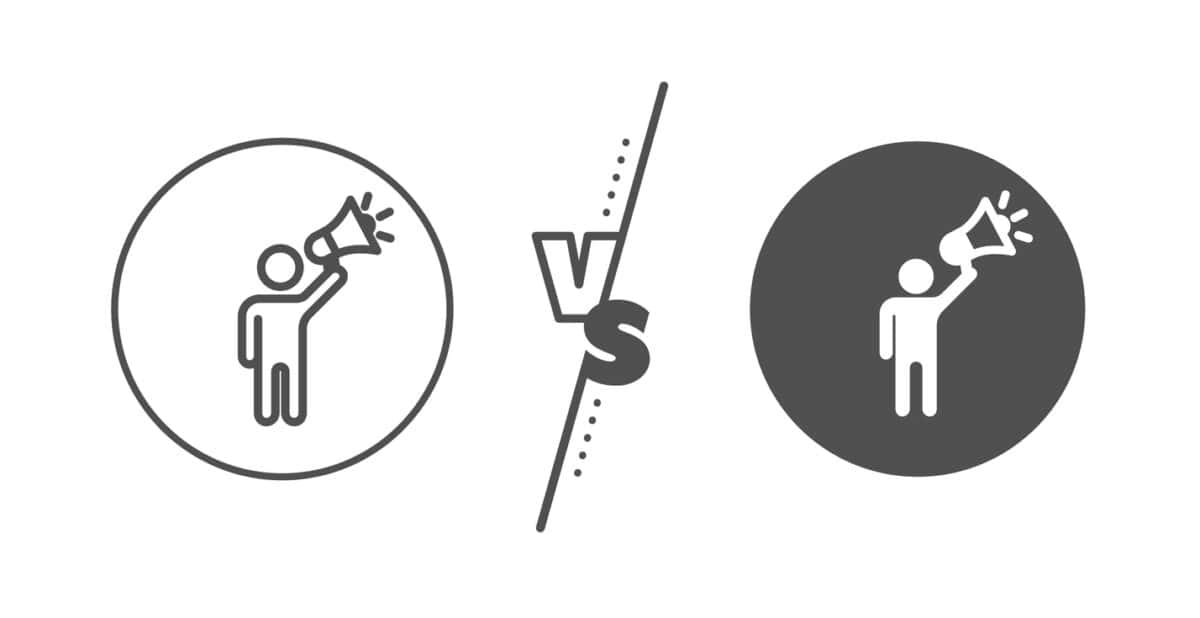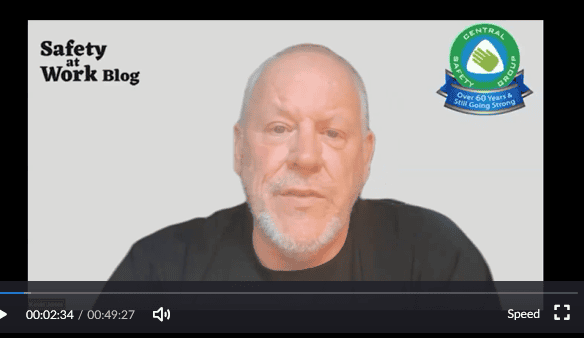In May 2024, Safe Work Australia’s (SWA) Chief Executive, Marie Boland, said she would “be reestablishing a research team and that team will look at options for how we support research and evaluation for the future.” On June 12 2025, SWA announced its “New roadmap for work health and safety and workers’ compensation research“. Progress on occupational health and safety (OHS) is welcome, but it is lacking a few key elements.
Category: safety
What is the most persistent barrier to employers preventing psychosocial hazards?
Two prominent experts on psychosocial hazards at work, featuring at the Psych Health and Safety Conference later this week in Sydney, Mary Ann Baynton and I. David Daniels, responded to my question to them (and other speakers) listed in the title above.
Mary Ann Baynton’s response first:
“The two most persistent barriers to employers preventing psychosocial hazards are a misunderstanding of what is required and the belief that it would cost too much in terms of time and effort….”
Tough questions about psychosocial safety and health
Over the next week or so, SafetyAtWorkBlog will be focusing on the issue of psychosocial hazards and psychological risks at work, as we cover the Psych Health and Safety Conference in Sydney. These risks and hazards are the most pressing topic in occupational health and safety (OHS) at the moment, with an increased demand for solutions from workers and the community, as well as heightened expectations for regulatory compliance. I apologise for this intense focus, but I welcome your comments and participation.
I will start by posing this question:
“The Australian approaches to psychosocial hazards and psychological safety in Human Resources and Work Health and Safety have been siloed in the past. Are the approaches getting closer? Is there more cooperation between the two or are the two disciplines’ aims still too different?”
From Work to Incident to Harm to Hurt to Repair to Work
I. David Daniels has gained prominence in Australia through his association with FlourishDx and his appearances at the Psych Health and Safety conferences. Recently, he has published a book on psychosocial hazards and risks. All of this collateral adds authority to his thoughts, but he remains a work in progress for me, a work that I am starting to value and enjoy. Recently, in one of his LinkedIn conversations, he seemed to be implying a new and fresh timeline of workplace mental health, which got me thinking about “harm”, “injury”, “hurt, “damage”, and “trauma”. Daniels wrote:
Will a Code of Practice for psychosocial hazards be effective?
Victoria is developing its own Code of Practice for managing (and hopefully preventing) psychosocial hazards in the workplace, ahead of amendments to its occupational health and safety (OHS) laws in late 2025. But how powerful and enforceable can a Code of Practice be? A new book by Arie Freiberg, “Regulation in Australia“, helps explain this, but the future could look better.
NZ OHS reform is all sticks and carrots of questionable quality
Recently, New Zealand’s Minister for Workplace Relations and Safety, Brooke Van Velden, was interviewed for almost half an hour by Jack Tame on her government’s proposed changes to occupational health and safety (OHS) laws. The interview was informative and entertaining, as it explained some aspects of the OHS changes, but also showcased a Minister who was uncomfortable with being questioned.
OHS Challenges: Neglected Business Element Faces Profit Conflicts and Misaligned Perspectives
Sometimes you need to stop what you’re doing and reflect. This could relate to life, work, values or more. I was invited to talk to the Central Safety Group (CSG) this week on “Challenging Mainstream OHS Views”, so I stopped, thought, and jotted down some personal opinions to discuss. It was a helpful exercise.







